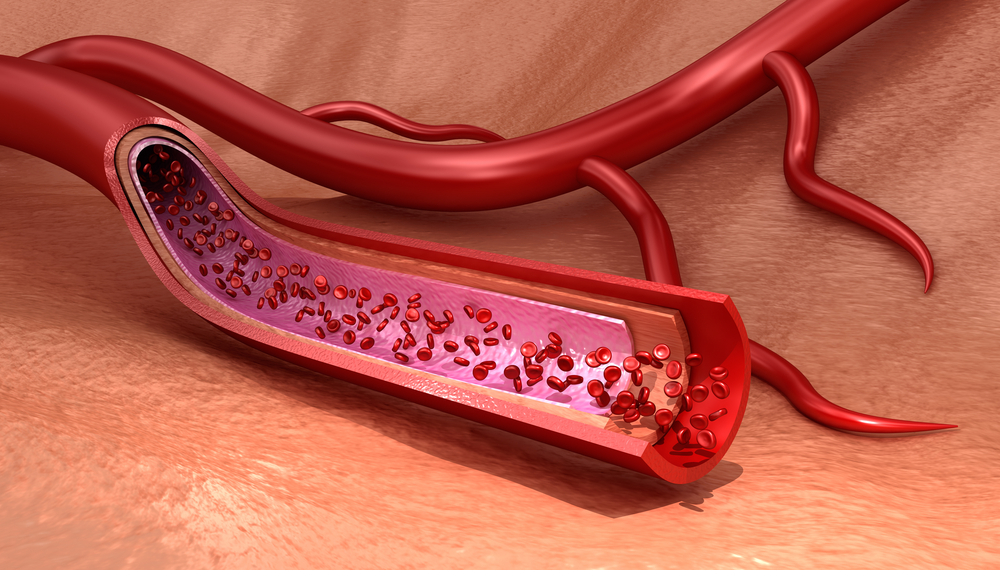Aerobic Exercise Boosts Mitochondria and Health of Arteries in Elderly Mice

Aerobic exercise helped to restore mitochondrial health in aging mice, which worked to make their blood vessels more supple and resilient, a new study reported.
The study, “Voluntary aerobic exercise increases arterial resilience and mitochondrial health with aging in mice,” was recently published in the journal Aging.
Defects in mitochondria, the cells’ powerhouse, are associated with an excess of mitochondria reactive oxygen species (mtROS). Together, these two factors contribute to the aging of blood vessels, which leads to arterial dysfunction (arteries are the blood vessels that deliver oxygen-rich blood from the heart to the tissues of the body). Arteries that are less able to withstand stress work poorly, and contribute to cardiovascular diseases.
All possible factors underlying the age-related increase in cardiovascular disease are far from known, but arterial dysfunction is a likely key contributor.
Researchers hypothesized that voluntary aerobic exercise could increase arterial resilience in elderly mice, as such exercise is known to improve mitochondrial biogenesis (formation) and homeostasis (equilibrium) in several tissues. Recent evidence also suggests that exercise can improve markers of arterial mitochondrial content and health in healthy animals.
How aerobic exercise affects mitochondria function in arteries during aging, however, is less clear.
Researchers used an acute mitochondrial stressor (rotenone), and determined this treatment’s impact on arterial function by evaluating endothelium-dependent dilation (EDD). Loss of EDD in the arteries is associated with the onset of vascular disease.
They observed that rotenone slightly affected EDD in the arteries of young mice (about 7 months old), and led to considerable EDD impairment in elderly mice (about 27 months old).
A number of these young and old mice were also put through aerobic exercises (running), and their arteries observed again. Researchers found the arteries protected from rotenone-induced damage, regardless of a mouse’s age.
Further experiments analyzed the effect of mimicking a high-fat/high-sugar Western diet on blood vessels, in exercising and non-exercising mice. Arterial dysfunction, denoted by lower EDD, was again observed in mice of both age groups, with the degree of impairment significantly higher in the old mice. But, again, wheel running increased arterial resilience to simulated metabolic stress by Western diet in these aging mice.
Overall, the team found that exercise normalized age-related changes in markers of arterial mitochondrial health.
Results suggest that arterial aging is accompanied by reduced resilience (an ability to withstand stress) and poorer mitochondrial health, which may be restored through regular aerobic exercise.






